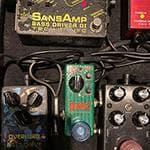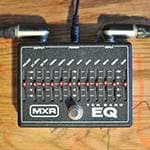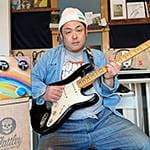Bossa Nova Jazz Part II
Following on from the previous article, which took up the theme of bossa nova jazz, I will now be looking at some recommended bossa nova-themed jazz.
How to Listen to Bossa Nova Jazz Masterpieces
I don't know whether the genre of bossa nova jazz exists or not, but there are many jazz albums that use bossa nova as their material, and many compilation albums have been released as bossa nova jazz.
When I hear the word 'compilation album', I get the impression that it's a collection of miscellaneous music thrown together and sold, but the album I bought is quite something. It features a whole line-up of bossa nova and Latin jazz classics, starting with 'The Girl from Ipanema' by Laurindo Almeida, 'Blue Bossa' by Joe Henderson, 'Sandalia Della' by Duke Pearson, and more.
I once heard something from a mentor of mine who was well-versed in jazz.
“In a jazz album, it's rare that all the songs are good. If there's one good song on an album, you've made a profit.” That was the gist of what he said.
There are only a few albums that have all good songs. For example, King Crimson's first album, ‘In the Court of the Crimson King’, Pink Floyd's ‘The Dark Side of the Moon’, Yes' ‘Close to the Edge’ (I was a prog rock fan as a boy), Sting's “The Dream of the Blue Turtles”, etc. In the case of J-pop, there are not many classic albums that come to mind even after listening to music for over 50 years, such as Minami Yoshitaka's “South of the Border” and Yamashita Tatsuro's “Spacy” and “Go Ahead!”, which I introduced in “The Keyboard Maniac's Drifting Diary”, and Linda Ronstadt's “Love in the Wind” (Grammy Award winner).
In that sense, I think it's not a bad idea to buy a compilation album if you want to listen to bossa nova jazz. There are bound to be some good ones and some bad ones... lol.
■ Recommended album: Paul Desmond “Take Ten” (1963)

Paul Desmond is an alto saxophonist who brought the Dave Brubeck Quartet's “Take Five” to huge success.
The album “Bossa Antigua”, which we introduced last time, was released the year after this album.
This album, which was released after Dave Brubeck, the star pianist, left the group and Jim Hall (G), a chord player, was invited, is not entirely bossa nova. It also includes famous standard songs such as “Alone Together”.
However, somehow playing standards in Desmond's tone makes them feel fresh (and there is a point to the fact that there is no heavy piano), and the whole album has Desmond's stamp on it. This freshness made waves in the category of jazz, which is a type of music that demands a certain amount of tension.
It is possible that Desmond tasted the success of this album and produced his next album, “Bossa Antigua”, or that it was a proposal from the record company.
Recommended song: “Samba de Orfeu”
When I write, “it’s a very pop song”, it might sound like it’s in a low-level, but it’s not at all.
I think that the musician Paul Desmond was someone who was innately good at writing catchy melodies like this. A pop melody that you can't forget once you've heard it. The same goes for the chorus of “Take Five”. That is probably Desmond's true strength. In fact, Desmond has also shown a pop-oriented approach, such as by covering Paul Simon's song “Bridge over Troubled Water” on his own album.
It's a refreshing song that's not too hot, and it would be great to listen to it while drinking a beer on a hot summer's day. I think that Paul Desmond was a rare jazz musician who also had other musical interests.
■ Recommended album: Miles Davis “Quiet Night” (1963)
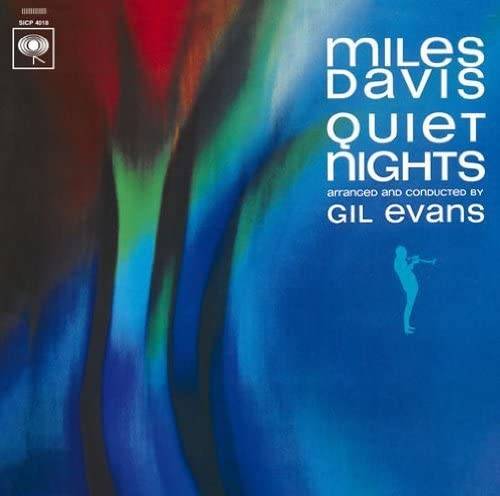
This is the fourth album produced by Miles Davis and Gil Evans, who was known as the 'Magician of Sound'.
When recording the previous masterpiece album 'Sketches of Spain', Miles was so focused on the recording that he said he didn't want to listen to it for a while afterwards. He commented that the reason for this was that the sheet music written by Gil Evans was so difficult that it was hard to play.
On the other hand, we can also see from Miles Davis' autobiography that he had complete trust in Gil Evans. Otherwise, he would not have made four albums with the same person.
On this album, “Quiet Night”, Miles plays Jobim's famous song “Corcovado”. As the album was released in 1963, we can imagine that he chose to play a bossa nova, which was popular at the time. In his later years, Miles took a pop-oriented approach to music, including Cyndi Lauper's song “Time After Time” and Michael Jackson's “Human Nature” on his own albums. The fact that he also chose to include a bossa nova song on this album shows that Miles was a musician who did not let conventional ideas about jazz, 4-beat, and bebop get in the way of his music, and who did not draw boundaries between different types of music.
Recommended track: “Corcovado”
An important song by Antônio Carlos Jobim. There are many covers of this song. The similar theme is repeated like a tapestry, and it builds up to the chorus. The arrangement by the wizard of sound, Gil Evans, is mainly formed with a brass ensemble. Miles' trumpet plays the melody over the ensemble. Gil's arrangement does not use the same ensemble approach throughout the song. After the first chorus, a beautiful melody that is not found in “Quiet Night” is played, and it is not clear whether it is an improvised part. The Gil Evans ensemble accompanies it. Just when I think it is wonderful, it fades out for some reason. It is a short piece, lasting about 2 minutes and 40 seconds. I would like to ask Gil and Miles about the meaning of this. I know it is impossible...
Musicians, albums, and recommendations featured in this issue
- Artists: Paul Desmond, Jim Hall, Miles Davis, Gil Evans
- Albums: “Take Ten”, “Quiet Night”
- Song titles: ‘Samba de Orfeu’, ”Corcovado”
The “sound & person” column is made up of contributions from you.
For details about contributing, click here.






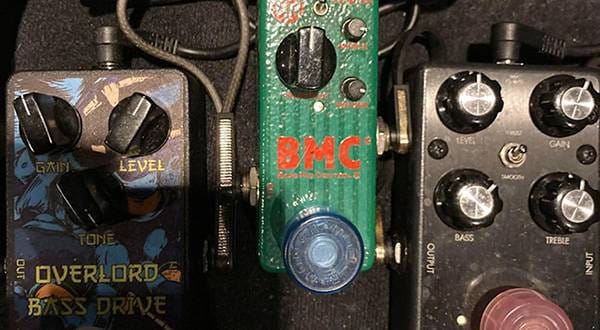

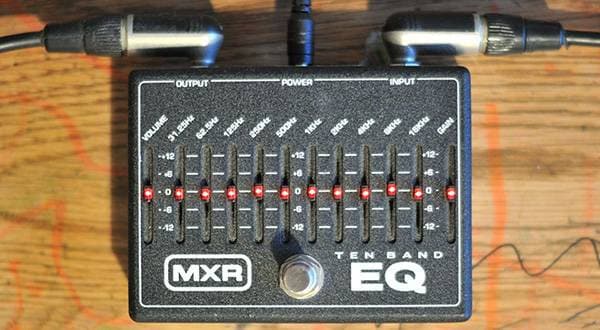


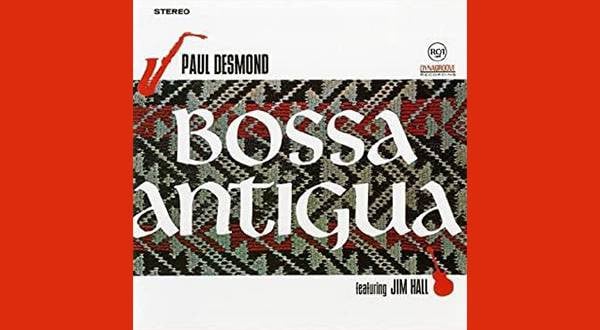
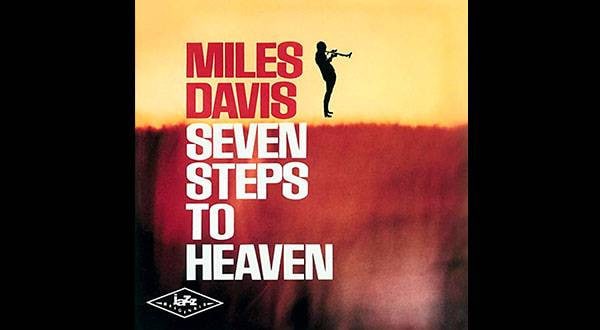

![[Acoustic] Bossa Nova Recommendation](/contents/uploads/thumbs/5/2020/6/20200608_5_10270_1.jpg)
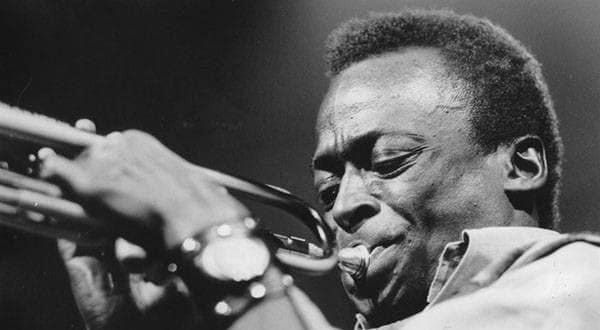
 超オススメのフレーズ道場 キーボード
超オススメのフレーズ道場 キーボード
 キーボードスタートガイド
キーボードスタートガイド
 ギタースタートガイド
ギタースタートガイド
 キーボード・ピアノ講座
キーボード・ピアノ講座
 ドラム初心者講座
ドラム初心者講座
 ベース初心者講座
ベース初心者講座
